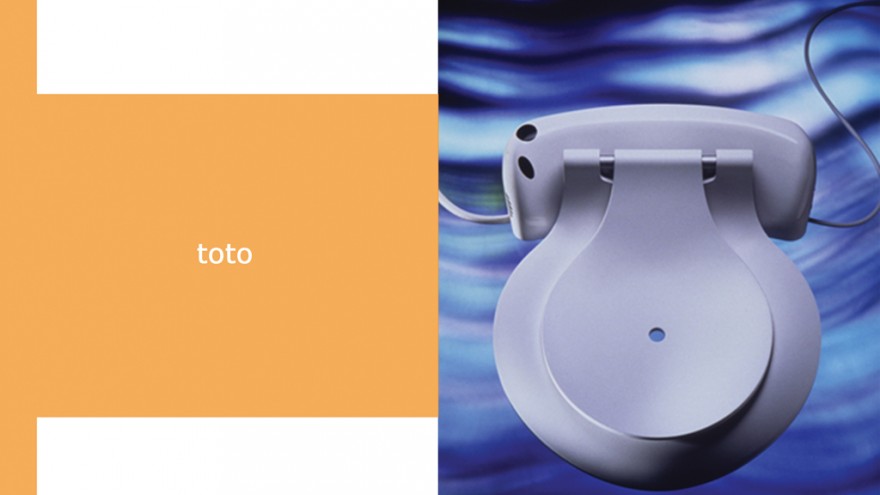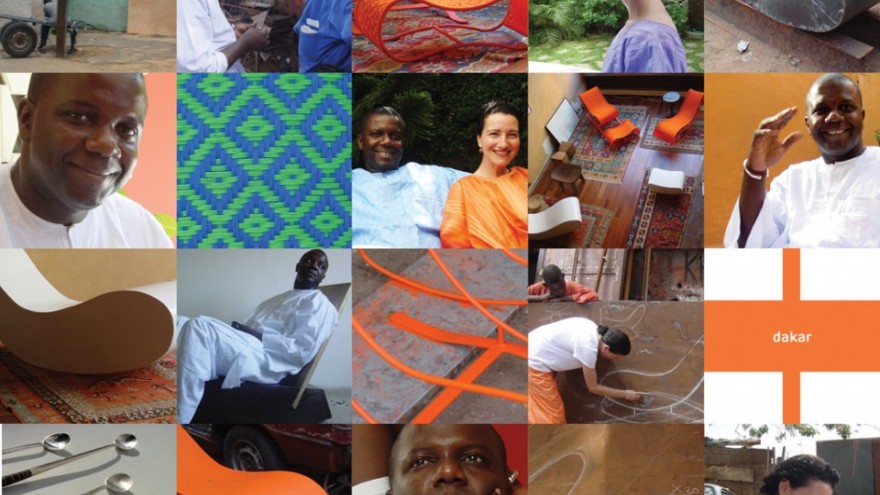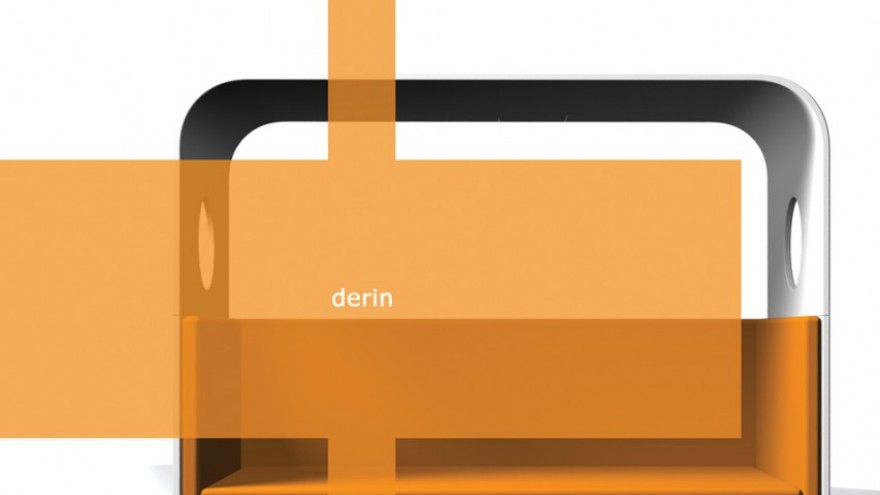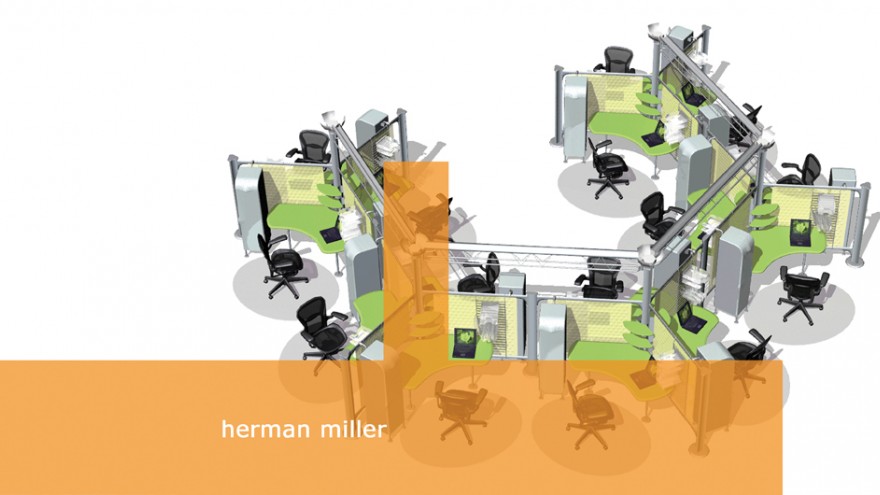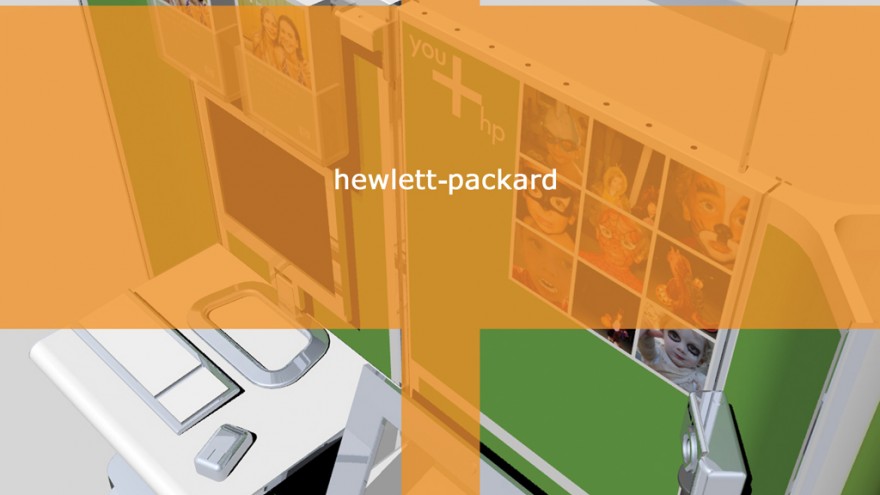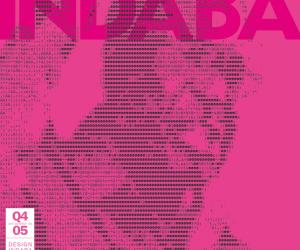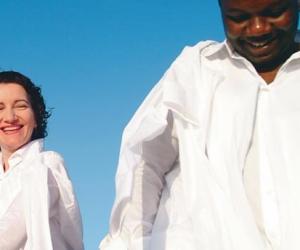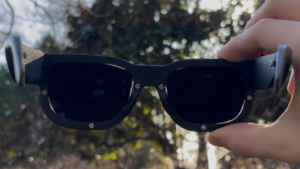First Published in
Product designers Ayse Birsel and Bibi Seck are problem-solvers who find marketable solutions for clients like Herman Miller, Hewlett-Packard, Target and Renault. They're best known for their innovative answers to office, home, retail and automotive problems.
Ayse, for instance, is responsible for the contraption dubbed the world's most comfortable toilet seat. Not to be bogged down by homeware offerings, she received a gold Industrial Design Excellence IDSA award for a reinterpreted office cubicle known as the Resolve system.
Bibi, on the other hand, poured 12 years of experience as lead designer at Renault into cars like the Scénic I and Trafic, which both won Car of the Year Awards in Europe.
The studio Birsel + Seck came into being when the couple pooled their intellectual resources and collaborated on the interior of a concept car for Renault.
We asked
1) In terms of aesthetic direction, do you ever argue, and if so, what are the prickly issues?
2) Do you feel that collaborating on a design tends to improve it, in the sense that the product design is refined much more quickly thanks to the input from more than one creative mind?
3) Do you still operate as an independent designer in addition to your collaborative studio Birsel + Seck?
4) What Birsel + Seck project satisfies you the most, and why?
5) You've both lectured at New York's Pratt Institute (where Ayse completed her Master's degree on a Fulbright Scholarship). How does teaching an upcoming generation of designers, with their bright young minds, influence your own output? In turn, what influences, philosophy or experience do you hope to impart?
6) How do your own design strengths and weaknesses complement what your business partner brings to the table?
He said
1. Generally speaking, our approach dictates the forms our ideas will take. Since we agree on the approach, we rarely disagree. From a purely aesthetic point of view, our forms are intimately linked to our concepts. If we have disagreements from an aesthetic point of view it would also mean that we disagree conceptually. In which case we wouldn't be working together.
2. I've always liked to say that it is better to have two brains than one, to solve a problem. Since our profession is to provide solutions, I think my answer is: Yes. I don't know if it is faster, but I am certain that, when the two minds get along well, it is more efficient.
3. When I work as an independent I do so for Ayse Birsel.
4. I do not know how to answer this question. But what pleases me most of all in our work is the drawing, and through it, finding in each project an object of desire...
5. I think personally that age and experience are necessary to illuminate a mind. What I do with my students is simply to help them see the light. Which is a good exercise, even for an experienced designer. I wouldn't go so far as to say that this is a Socratic method, where students formulate concepts through a logical sequence of questions. But we are not far off. We practice giving birth to ideas, by asking the students to push hard.
6. In the simplest manner. I hold the pencil with which Ayse draws. More seriously, I have a tendency to deviate from the trajectory, sometimes for pleasure and just for the pleasure, where my drawing takes over my reason. But Ayse knows how to call me back to order.
She said
1. When Bibi and I met, we collaborated on a concept interior for Renault. I was the product designer who knew next to nothing about car design and Bibi, a leading interior designer at Renault, was my mentor. I loved working with him. For the first time, designing with another designer was better than designing on my own. So much so, that we have since become partners. We don't argue, because neither of us is argumentative by nature. We sketch if we have a different idea and if the idea is strong we use it.
2. We build on each other's sketches, words, ideas, back and forth, back and forth. If we were playing music we would be a jazz duo. We improvise and work off each other. Bibi sketches something and inspires me, and I say "wow" and I take what he just sketched and build on it. We listen to each other and each contributes to pushing the idea to the next level. We are one, in terms of the overall theme and approach, and richer and more experimental because we play together.
3. The only time we sign our work individually is when we do illustrations. Bibi does illustrations for a French publication and I for cards, pillows, etc. The rest of the time, which is 99%, we are Birsel + Seck.
4. What satisfies me the most is to sit in our meeting room in front of a pad of tracing paper with a Papermate pen, some coloured pencils and white-out, to sketch without interruptions (phone ringing, appointments etc), and to hit on an idea that I think is good and to hear Bibi say "c'est super!"
5. Teaching an upcoming generation of designers is the hardest thing I have ever done. Of the two of us, Bibi is definitely the pedagogue. He does it naturally, without imposing. I, on the other hand, am quite impatient and discouraged if I don't see results. But teaching helps me to practice expressing a design idea in words, which comes in handy when I am in front of clients. I tell my students the same thing I tell myself: don't design for yourself, design for others. Empathise, in other words.
6. I don't feel any weaknesses since Bibi has been on board.

